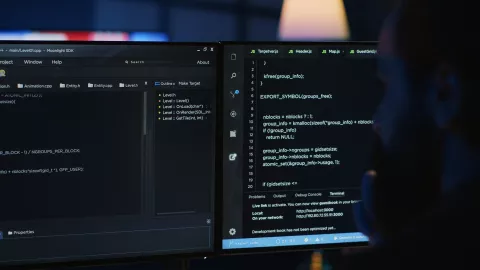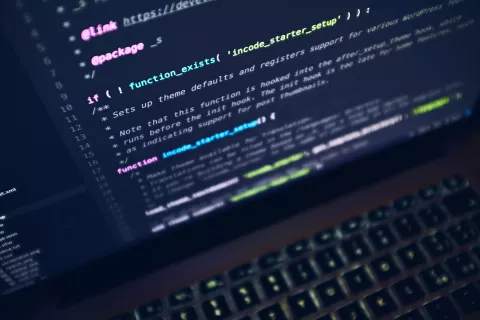Gamification in HR: Making Work Fun and Productive

Keeping employees engaged and motivated is a constant challenge for HR teams. Traditional approaches like annual reviews and generic training programs often fail to capture attention or inspire action. This is where gamification comes in.
By applying game-like elements—such as points, badges, leaderboards, and challenges—HR teams can make everyday tasks more enjoyable while driving real improvements in performance, learning, and collaboration.
What Is Gamification in HR?
Gamification means using game mechanics in non-game contexts, like HR processes. Instead of treating training, onboarding, or performance tracking as routine activities, gamification transforms them into interactive and rewarding experiences.
Why Gamification Works
- Boosts Engagement
Employees are more likely to complete tasks when they’re fun, interactive, and reward-driven. - Encourages Healthy Competition
Leaderboards and progress tracking motivate employees to perform better without forcing pressure. - Reinforces Positive Behavior
Rewards and recognition help strengthen desirable workplace habits. - Improves Learning Retention
Gamified training makes complex material easier to absorb and remember.
Practical Applications in HR
1. Onboarding
New hires can complete onboarding checklists as “missions,” unlocking rewards as they finish key steps.
2. Training and Development
Courses can include quizzes, badges, and progress bars to encourage consistent learning.
3. Performance Management
Set clear goals with point systems and celebrate milestones to keep employees motivated.
4. Wellness Programs
Employees earn points for healthy activities like walking, meditating, or attending fitness sessions.
5. Employee Recognition
Peer-to-peer recognition platforms can include badges or digital “kudos,” making appreciation more visible and fun.
Best Practices for HR Gamification
- Align with business goals: Rewards and activities should support company objectives.
- Keep it fair: Ensure that rules and scoring systems don’t create unnecessary stress or favoritism.
- Mix intrinsic and extrinsic rewards: Recognition, career growth, and purpose matter as much as prizes.
- Use data to improve: Track participation rates, performance outcomes, and employee feedback to refine the system.
- Don’t overdo it: Gamification should enhance—not replace—the real meaning of work.
Technology That Enables HR Gamification
- Learning management systems (LMS) with gamification modules.
- Employee engagement apps offering challenges and rewards.
- Wellness platforms that integrate with wearables.
- Custom HRM software with gamification features built in.
Conclusion
Gamification isn’t about turning the workplace into a video game—it’s about using proven motivational techniques to make work more enjoyable, meaningful, and productive. When applied strategically, it helps HR teams boost engagement, accelerate learning, and strengthen company culture.
By making work fun, businesses don’t just improve employee satisfaction—they also drive measurable performance outcomes.
- Log in to post comments


